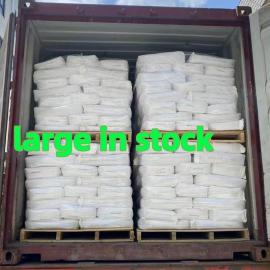-
Categories
-
Pharmaceutical Intermediates
-
Active Pharmaceutical Ingredients
-
Food Additives
- Industrial Coatings
- Agrochemicals
- Dyes and Pigments
- Surfactant
- Flavors and Fragrances
- Chemical Reagents
- Catalyst and Auxiliary
- Natural Products
- Inorganic Chemistry
-
Organic Chemistry
-
Biochemical Engineering
- Analytical Chemistry
-
Cosmetic Ingredient
- Water Treatment Chemical
-
Pharmaceutical Intermediates
Promotion
ECHEMI Mall
Wholesale
Weekly Price
Exhibition
News
-
Trade Service
After the turbulent period in 2021, the main task of the condiment industry in 2022 is to "recover": not only to restore the healthy development of the market, but also to restore the confidence and vitality of the consumer market
Raw material prices remain high
Test business profitability
Around October last year, condiments such as oil, salt, sauce, vinegar, quick-frozen foods such as rice, noodles, beverages, hot pot balls, and mustard vegetables announced price increases, ranging from 3% to 20%
On June 10, Arowana President Mu Yankui revealed at the company's 2021 annual performance briefing: "The company's performance in the second quarter is expected to be better than the first quarter, with better capacity utilization and stable growth in orders
Taking soybean meal as an example, at the beginning of 2020, the spot price of domestic soybean meal was less than 3,000 yuan/ton, and at the beginning of 2021, the price rose to 4,200 yuan/ton, and the current price is still high at 4,300 yuan/ton
However, the raw materials of the condiment industry are not only soybean meal, but also salt, white sugar, oil, starch, monosodium glutamate, pepper and so on
Of course, different companies have different needs for raw materials, and the impact is naturally strong and weak
Although the condiment industry is similar to the grain and oil industry, there are essential differences between the two, especially in terms of product pricing
To sum up, from the perspective of the industry, the condiment industry will continue to bear the pressure of improving profitability this year
Market recovery is less than expected
Dealers seek transformation
At present, the pressure faced by dealers is further highlighted
Before the epidemic, industry, catering and household consumption accounted for about 20%, 50% and 30% of condiment consumption, respectively
Mo Wenbin of Mingwang Trading Co.
Of course, the performance of each regional market is not the same
In Luo Leiming's view, the reasons for this situation are also multi-faceted: the epidemic has affected the economic downturn, and consumers' purchasing power and purchasing desire have declined; although e-commerce and community group purchases have cooled down, there are still some diversions, and low-cost subsidies are still available.
In addition, distributors in Hunan, Shandong, Sichuan, Hubei and Beijing-Tianjin-Hebei also reported that the condiment market is weak this year, with no growth, and the sales in some regions are even worse than the same period last year
In order to alleviate this pressure, many dealers have begun to seek new ways, such as developing new channels, new models, or seeking breakthroughs by reducing costs and increasing efficiency
From the perspective of consumption, the trend of consumers becoming more and more cautious whether they choose condiments or other consumer goods is irreversible
(spear stone)
"China Food News" (version 04 on June 16, 2022)
(Editor-in-charge: Gao Jiaodi)







